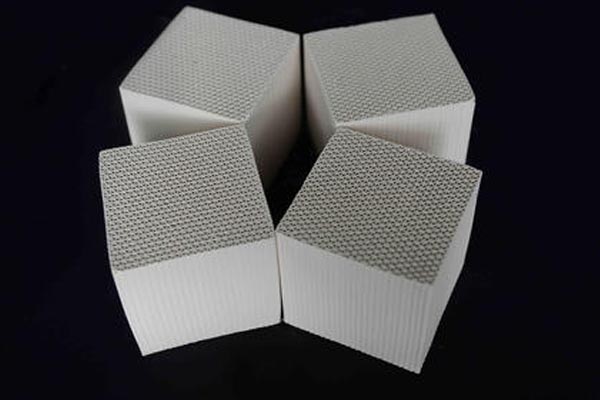
Honeycomb zeolite molecular sieve is an efficient molecular sieve carrier with good adsorption performance, no secondary pollution and high temperature regeneration. It is widely used in the fields of adsorption, separation, catalysis and environment, Activated carbon fiber purchase It is more suitable for the treatment of organic waste gas with large air volume and low concentration. It is widely used in the production of basic organic chemical industry and petrochemical industry, as well as in the treatment of harmful gases, SO2 NOx、CO、CO2,NH3,CCl4、 Purification of water vapor and gaseous hydrocarbon waste gas. Strong adsorption selectivity: molecular sieve materials with different properties and pore sizes are configured for the product according to the different components of organic waste gas, so as to achieve targeted and selective treatment of organic waste gas, meet the design requirements and meet the emission standards. 2. Strong adsorption capacity: even if the gas composition concentration is very low at the mg level, it still has the adsorption capacity. The efficiency is 50% higher than that of similar activated carbon. 3. Wide adaptability of adsorption temperature: at a higher temperature, it still has a large adsorption capacity, while other adsorbents are greatly affected by temperature, so under the same temperature, the adsorption capacity of molecular sieve is large. 4. Good regeneration temperature resistance: the concentration ratio of pollutants after adsorption and concentration by molecular sieve can reach 15 to 20 times, and the concentrated waste gas can be condensed and recovered or burned at high temperature as required 5. High strength: Activated carbon fiber production Products coming to the company use special framework materials to make the positive pressure strength of honeycomb zeolite reach more than 3Mpa, which can reduce damage during transportation and installation.
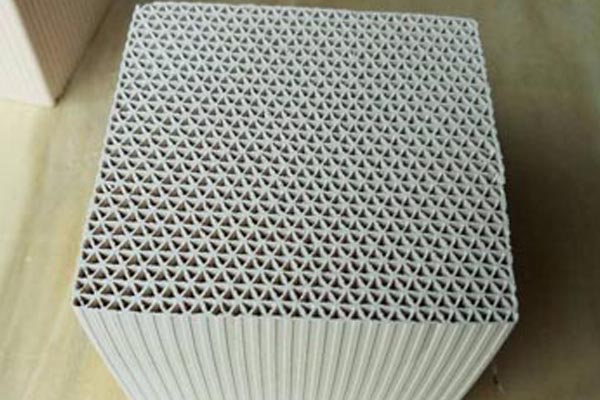
purchase Activated carbon fiber The pore size of zeolite is uniform, the internal void structure is developed, the specific surface area is large, the adsorption capacity is strong, and contains a large number of invisible pore sizes. The pore size in 1g zeolite material can be expanded to the specific surface area of 500-1000m2, which is higher for special purposes. The main material of honeycomb zeolite adsorbent is natural zeolite. The zeolite manufacturer is an inorganic microporous material composed of sio2, al_2o_3 and alkaline metal or alkaline earth metal. Its inner pore volume accounts for 40-50% of the total volume, and its specific surface area is 100-500 m2/g, Activated carbon fiber Hubei It has the characteristics of high temperature resistance, incombustibility, good thermal stability and hydrothermal stability. It is an efficient molecular sieve carrier with good adsorption performance, no secondary pollution, and can be regenerated at high temperature. Compared with honeycomb activated carbon, its performance is about 25% of its efficiency. However, it has the characteristics of high temperature resistance, difficult ignition, etc. It is widely used in the fields of adsorption, separation, catalysis and environment, and is more suitable for large air volume Low concentration organic waste gas treatment.

The main components of zeolite are: silicon and aluminum, which have adsorption capacity and can be used as adsorbent; Zeolite runner is to use the specific pore size of zeolite to have the ability of adsorption and desorption for organic pollutants, so that VOCs waste gas with low concentration and large air volume can be concentrated and converted into low air volume and high concentration gas by the zeolite runner, which can reduce the operating cost of the back-end final treatment equipment. Activated carbon fiber Hubei The characteristics of the device are suitable for treating waste gas with large flow, low concentration and various organic components. The disadvantage is high initial investment. The zeolite wheel adsorption purification device is a gas purification device that can continuously perform adsorption and desorption operations. The two sides of the zeolite runner are divided into three areas by special sealing devices: adsorption area, desorption (regeneration) area and cooling area. Activated carbon fiber purchase The working process of the system is as follows: the zeolite runner rotates continuously at a low speed and circulates through the adsorption area, desorption (regeneration) area and cooling area; When the exhaust gas with low concentration and large air volume continuously passes through the adsorption area of the runner, VOCs in the exhaust gas are adsorbed by the zeolite of the runner, and the gas purified by adsorption is directly discharged; The organic solvent adsorbed by the wheel is sent to the desorption (regeneration) area with the rotation of the runner, and then the small amount of hot air continuously passes through the desorption area. The VOCs adsorbed on the runner are thermally desorbed in the desorption area to achieve regeneration, and the VOCs waste gas is discharged together with the hot air; After the runner is transferred to the cooling area for cooling, the adsorption can be carried out again. With the continuous rotation of the runner, the adsorption, desorption and cooling cycles are carried out to ensure the continuous and stable operation of waste gas treatment.
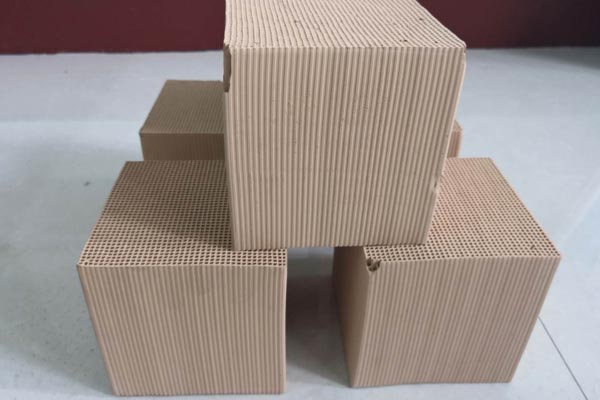
Activated carbon fiber purchase In the process of removing impurities in the liquid and gas phases, the porous structure of zeolite provides a large amount of specific surface area, which makes it very easy to absorb and collect impurities. Due to the mutual adsorption of molecules, a large number of molecules on the pore wall of zeolite can generate strong gravity, just like magnetic force, So as to achieve the purpose of attracting impurities in the medium to the aperture. The main material of honeycomb zeolite adsorbent is natural zeolite. The manufacturer of zeolite is composed of silica Inorganic microporous material composed of al_2o_3 and alkaline metal or alkaline earth metal, with inner pore volume accounting for 40-50% of the total volume and specific surface area of 100-500 m2/g, is characterized by high temperature resistance, non flammability, good thermal stability and hydrothermal stability. It is an efficient molecular sieve carrier with good adsorption performance, no secondary pollution, and can be regenerated at high temperature. Compared with honeycomb activated carbon, its performance is about 25% of its efficiency, Activated carbon fiber production However, it is widely used in the fields of adsorption, separation, catalysis and environment due to its high temperature resistance and difficult ignition. It is more suitable for the treatment of organic waste gas with large air volume and low concentration.
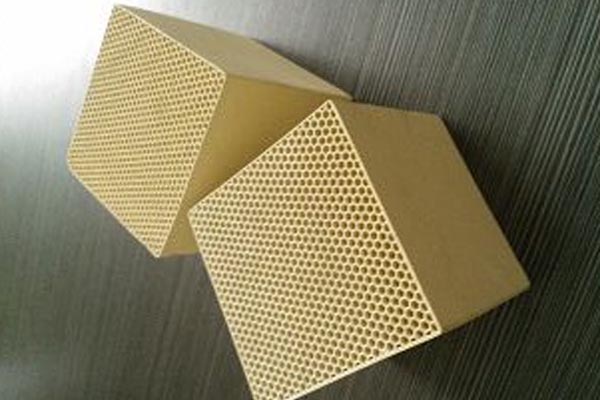
Activated carbon fiber purchase The high reliability makes users no longer worry about unexpected shutdown, which is the confidence brought by UOP molecular sieve. Traditional molecular sieves can be used as desiccants, adsorbents and ion exchangers. UOP also provides high silicon zeolite series molecular sieves for non-traditional applications, including molecular sieves to remove organisms that affect the taste of food and drinks or cause odor. Zeolite molecular sieves have crystal structure and characteristics, the surface is a solid skeleton, and the internal holes can play the role of adsorption molecules. There are channels between the holes to connect with each other, and molecules pass through the channels. Due to the crystalline nature of the pores, the pore size distribution of the molecular sieve is very uniform. Molecular sieves selectively adsorb molecules according to the size of holes in their crystals, that is, they adsorb molecules of a certain size and repel molecules of larger substances, so they are vividly called "molecular sieves". The adsorption or repulsion function of molecular sieves is affected by the molecular electricity. Synthetic zeolite has the special function of selective adsorption according to the size and polarity of molecules, so it can dry or purify gas or liquid, which is also the basis of molecular sieve for separation. Activated carbon fiber Hubei Synthetic zeolite can meet the extensive demand of industry for adsorption and selective products, and is also widely used in industrial separation to synthesize zeolite molecular sieves. Advantages of UOP molecular sieve
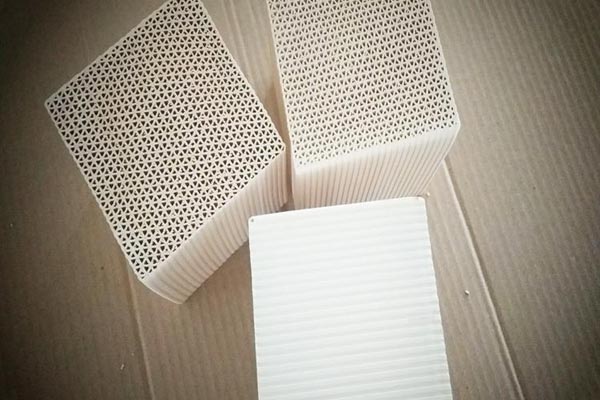
Molecular sieve has clear pore cavity distribution, extremely high internal surface area (600m2/s), good thermal stability (1000 ℃), and adjustable acid site center. The acidity of molecular sieve mainly comes from three coordinated aluminum atoms and aluminum ions (AlO)+on the framework and in the pores. OH based acid sensitive site center on molecular sieve HY obtained by ion exchange, Activated carbon fiber Hubei The aluminum ions outside the framework will strengthen the acid site and form the L acid site center. Polyvalent cations such as Ca2+, Mg2+and La3+can show the acid site center after exchange. The reduction of transition metal ions such as Cu2+and Ag+can also form acid site centers. In general, the higher the Al/Si ratio, the higher the specific activity of OH group. The modification of zeolite acidity can introduce protons through direct exchange of dilute hydrochloric acid. This method often leads to dealumination of molecular sieve framework. So NaY will become NH4Y and then HY. Because there are uniform small internal pores in the molecular sieve structure, when the molecular linearity of reactants and products is close to the pore size of the crystal, the selectivity of the catalytic reaction often depends on the corresponding size of the molecule and pore size. Activated carbon fiber purchase This selectivity is called shape selective catalysis. There are two mechanisms leading to shape selectivity. One is caused by the difference of diffusion coefficient of molecules participating in the reaction in the pore cavity, which is called mass transfer selectivity; The other is caused by the space limitation of the transition state of the catalytic reaction, which is called transition state selectivity.





